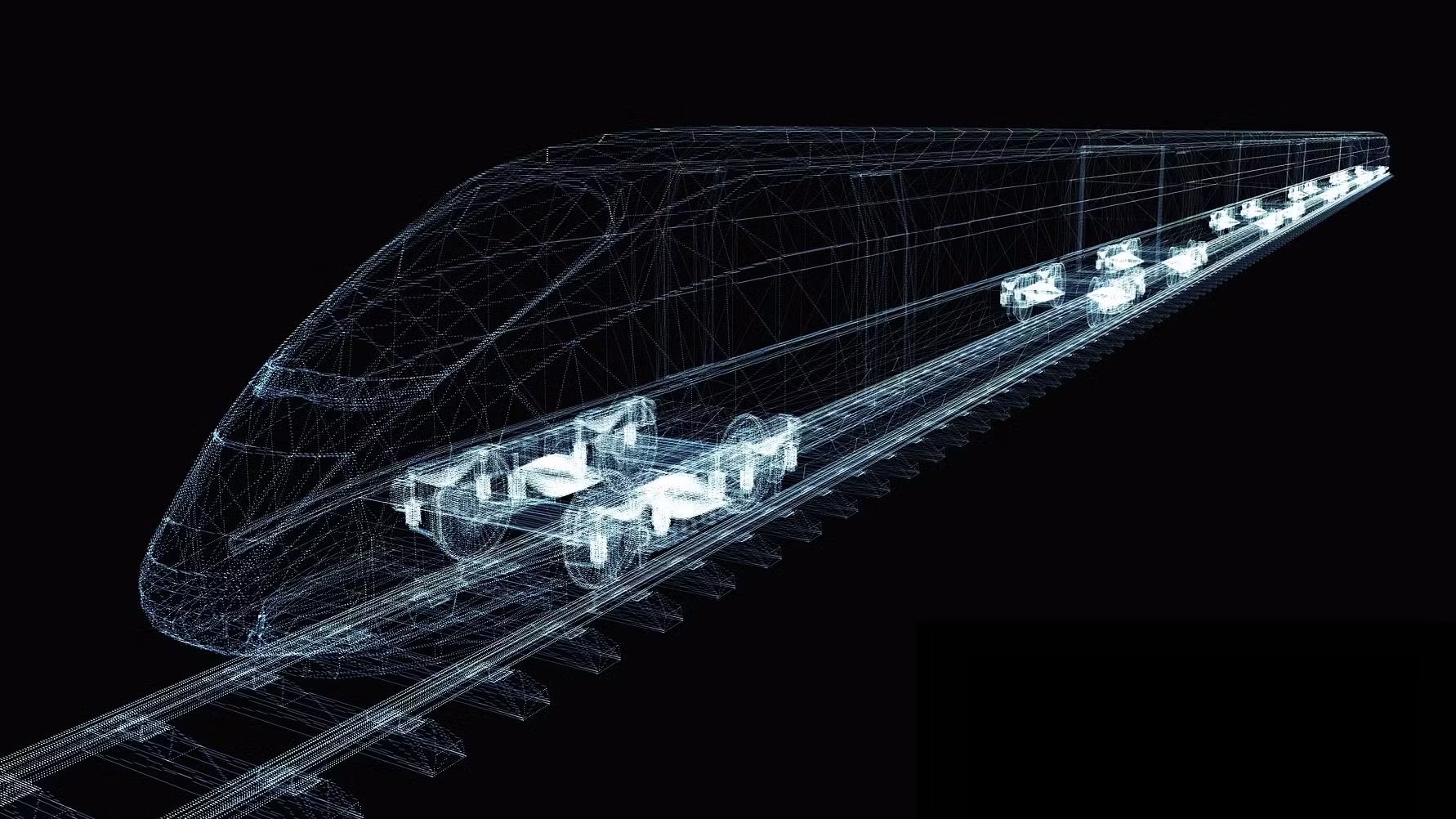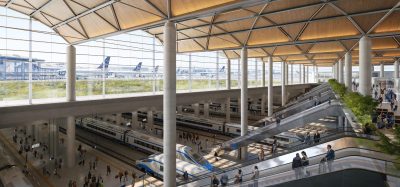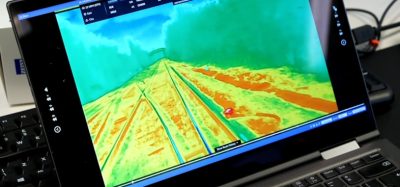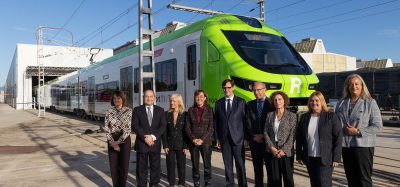Harmonising the future of railway operations
Posted: 29 December 2006 | | No comments yet
Signalling, train control and communication installations are all important assets for modern railways and they contribute significantly to performance and quality of passenger and freight train services. Over the last few decades they have been the subject of deep conceptual and technological changes.
Signalling, train control and communication installations are all important assets for modern railways and they contribute significantly to performance and quality of passenger and freight train services. Over the last few decades they have been the subject of deep conceptual and technological changes.
Signalling, train control and communication installations are all important assets for modern railways and they contribute significantly to performance and quality of passenger and freight train services. Over the last few decades they have been the subject of deep conceptual and technological changes.
Drivers for change
Firstly, tremendous progress has been demonstrated through information, communication and control technology with the appearance of microprocessors, optical fibres, video screen technology etc. Here, the relatively small railway sector benefits from developments which are driven by far bigger application markets.
Secondly, there has been a constant need for increased performance with higher speed and density of trains. Moreover, the European legislation imposes interoperability in all relevant technical and operational fields. In this respect the signalling and train control domain has become, along with ERTMS, one of the major work-sites for the adaptation of the railways to the needs of the second millennium. The creation of a single supply market imposes significant further efforts for a European or even worldwide standardisation.
Join our free webinar: Rail cyber-security in a time of technological and regulatory transformation
Join our expert panel, including speakers from Nokia and Siemens Mobility, to explore the critical convergence of cybersecurity and 5G rail comms.
Date: 3 Dec | Time: 15:00 GMT
Can’t attend live? No worries – register to receive the recording post-event.
Ongoing changes in telecommunication
The telecommunication sector is a relatively easy market; due to the basic requirements are normally the same as in other sectors. A major achievement has been the development of the GSM-R digital radio system which builds to a large extent on the specifications and developments for the common GSM. Whereas the analogue radio systems of the 1960s were dedicated to the different groups of applications, GSM-R is now a universal platform for all kinds of applications. It has even become one of the careers for the transmission of safe data for the train control. The roll-out of GSM-R is rapidly growing in Europe and other parts of the world, especially Asia.
New train command/ control system
Over the last few decades, a multitude of different, non compatible command/control systems have been created which over span the air gap between the infrastructure and the trains. The new European Train Control System (ETCS) is now gradually replacing this old heritage. This undertaking is insofar very demanding, as the new system had to be re-designed from scratch specifically for the needs of the railway-system and with the highest safety and availability requirements. ETCS products for track- and train-side equipment have been developed by several suppliers. For facilitating the implementation of the track-side ETCS in various configurations signalling installations, three so called levels of applications have been created. Applications with level 1 and level 2 have been achieved or are ongoing in many networks. The most innovative configuration of ETCS with Level 3 is currently under development for a regional pilot line in Sweden. UIC is supporting the Swedish Infrastructure company Banverket in this effort in view of further applications on other lines with low density traffic.
Further need of action in the signalling area
Signalling in general has traditionally been a national domain embedded in national rules and regulations with high safety requirements. This is currently still the case, despite of the big technological changes which have affected the interlockings. These very sophisticated and highly safe devices have not been in the central focus for European harmonisation up until now. However, there is an increasing awareness that today’s interlockings could become a serious obstacle to the roll-out of ETCS, especially in the radio based configuration.
In 1999, UIC launched the Euro-Interlocking project, at a time when the new ETCS began to become reality and it was foreseeable that similar efforts for harmonisation and joint development would also become necessary in the adjacent signalling environment. Reduction of life-cycle costs, improved performance and optimal compliance with ETCS, have all been the main targets right from the beginning. The project has produced a multitude of deliverables. One year ago, the organisation, staffing and way of working of the Project has been reviewed and changes for conforming optimally to the coming challenges have been implemented.
Future efforts between users and producers
UIC and UNIFE now intend to push the further standardisation in the signalling area by jointly participating together in a next phase of the Euro-Interlocking project. The basis of this future co-operation has been outlined in a Memorandum of Understanding which also expresses the common view and strategy of both parties to realise tangible benefits for the railway industry as a whole. The intention is to apply jointly for an EC funded Research project in the 7th Framework Programme. This should result in common harmonised future-proof conceptions for all relevant life-cycle aspects of signalling and train control installations including a harmonised system architecture with open interfaces between the main subsystems.
A little more explanation…
GSM-R
GSM-R is the radio communications system that supports the ETCS train control command system. The system is used to exchange information between the ground and the train and is used to allow drivers to speak with traffic management centers and also transmit the maximum permitted speed.
ETCS
ETCS is the automatic train control system which aims to progressively track signals and existing control/command systems by a more efficient system based on electronic balises and GSM radio communications.
ERTMS
Together, ETCS and GSM-R form ERTMS – the new signalling and management system enabling interoperability throughout the European Rail Network.
Euro-Interlocking
This project is separate from the ERTMS/ETCS and GSM-R projects and its common interests and interfaces require close co-ordination with these projects. Euro-Interlocking is the logical continuation of the UIC commitment to system standardisation and cost minimisation in the field of train control and communication.
About the author
Dr. Peter Winter is a Member of SBB Consulting Group and he has had a long career, firstly in the rolling stock supply industry and the traction department of SBB, then later in the Infrastructure department of SBB, where he has been Technical Director for over 15 years. Since 1990, he has been president for the ERTMS programme at UIC with the key projects ETCS, GSM-R and Euro-Interlocking.
He has been awarded by the president of the Institution of Rail Signal Engineers for his personal commitment, leadership efforts and support work within the Industry. Dr. Winter also gives a lecture on ERTMS at the Technical University of Aachen, Germany.
Global Railway Review Autumn/ Winter Issue 2025
Welcome to 2025’s Autumn/ Winter issue of Global Railway Review!
The dynamism of our sector has never been more apparent, driven by technological leaps, evolving societal demands, and an urgent global imperative for sustainable solutions.
>>> Read the issue in full now! <<<
Issue
Related topics
European Rail Traffic Management System (ERTMS), European Train Control System (ETCS), Global System for Mobile Communications – Railway (GSM-R), Signalling, Control & Communications







